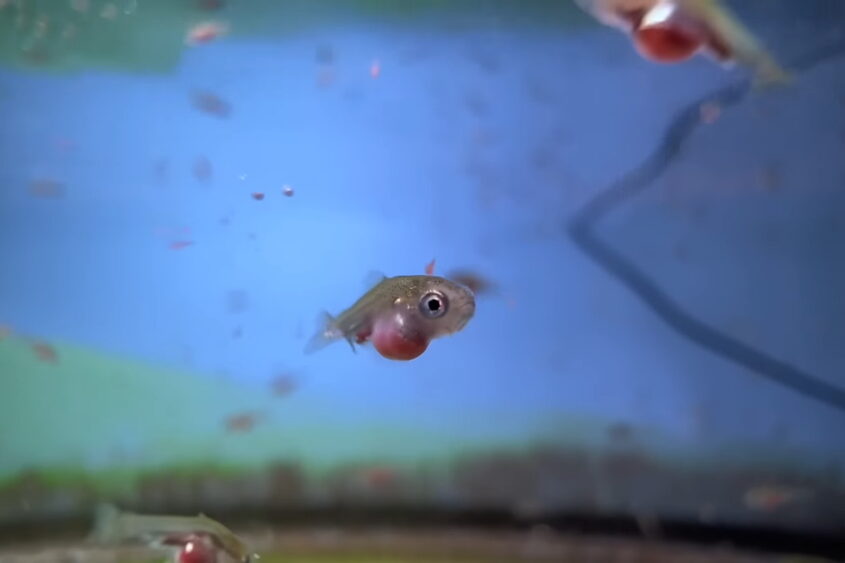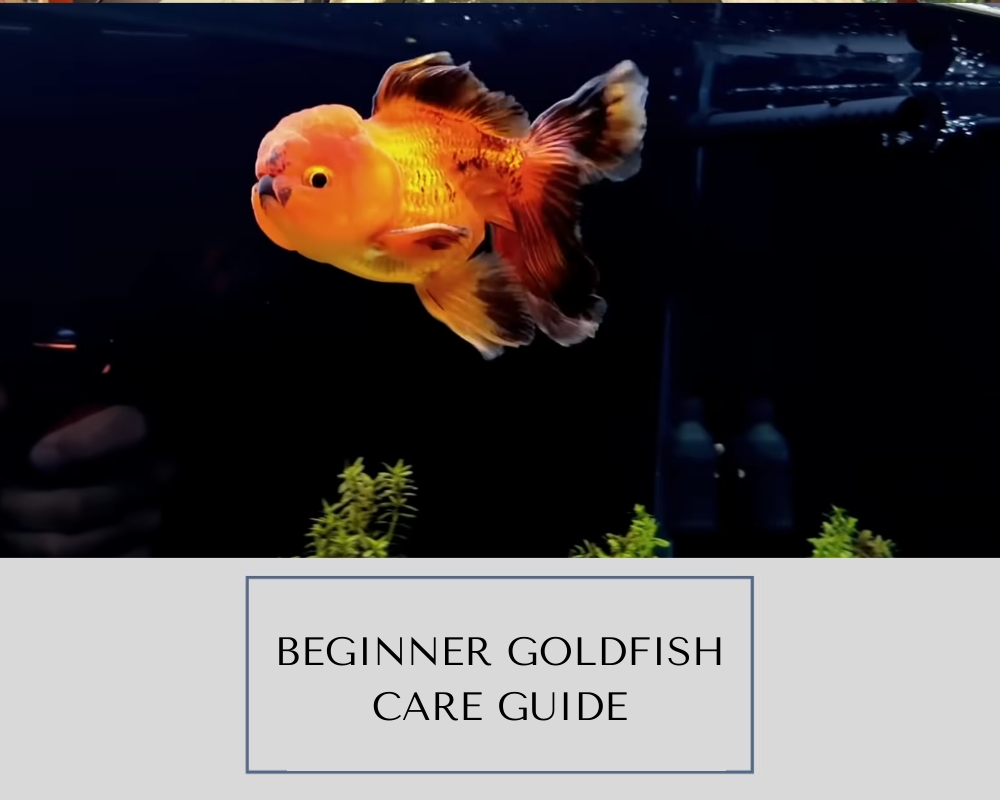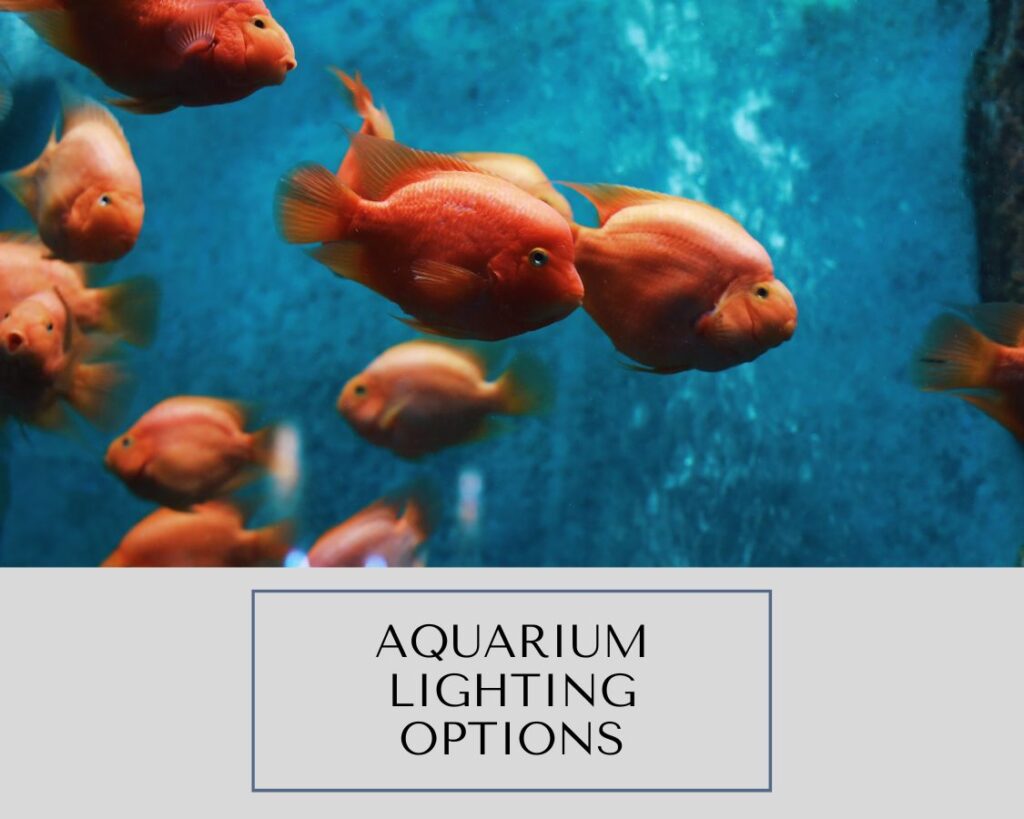Goldfish are more than just ornamental additions to your home. These fascinating aquatic creatures can become cherished companions, and it’s essential to understand how to care for them properly. In this Goldfish Care Guide, we will explore the ins and outs of providing the best care for your goldfish. From tank setup to feeding, disease prevention to breeding tips, this guide covers it all.
The Evolution and Domestication of Goldfish
Goldfish are descendants of wild carp from East Asia. They were initially grayish brown, but selective breeding over centuries led to today’s vibrant gold spectrum. Known for their distinctive bright colors and graceful movements, they are a symbol of luck and prosperity.
Goldfish domestication dates back to over a thousand years ago in ancient China. Originally kept for their meat, humans quickly noticed some carp displaying beautiful gold hues and began breeding them for color. The selective breeding journey has been long and transformative, leading to dozens of unique varieties we see today.
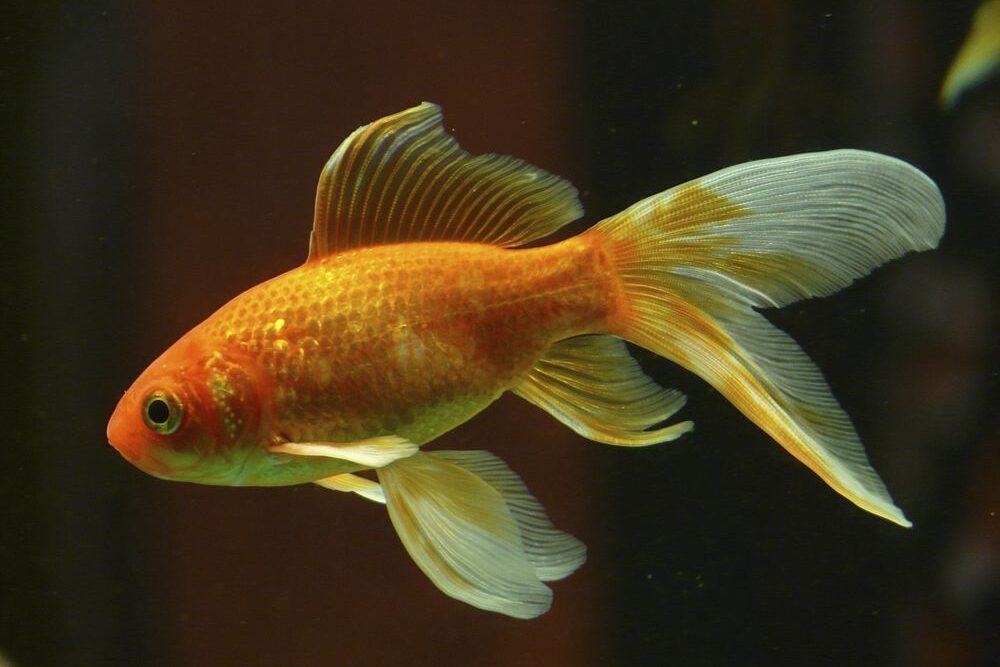
Setting Up a Goldfish Aquarium
There’s an artistry in setting up a Goldfish aquarium, and the essence lies in creating a habitat as close to their natural environment as possible. Here’s how to make your fish feel at home, no matter which corner of the world you’re in.
Choosing the Right Aquarium Size
Goldfish aren’t small fish, and contrary to popular belief, they don’t grow to the size of their enclosure. They grow to the size that their genetics dictate. The cramped space in a small bowl can stunt their growth and harm their health. Ideally, for every inch of a Goldfish, you should provide 10 gallons of water.
Optimal Water Conditions for Goldfish
The quality of water in the aquarium is crucial for the survival of your Goldfish. It needs to be just right, with an optimal pH level of around 7.2 to 7.6. Regular water changes, staying vigilant against toxic elements like ammonia, nitrites, and nitrates, and ensuring a consistent temperature range between 65° and 75°F should keep your Goldfish happily swimming.
Setting Up the Tank: Plants, Substrate, and Decorations
Substrate, able to grip the Goldfish’s waste, is preferable, like medium to large-sized gravel. A hardy, non-toxic plant species will survive the Goldfish’s rooting habit and give your tank a dynamic, vibrant, and natural feel. The decorations – be it rocks, caves, or castles, act as playgrounds for your Goldfish. But ensure they don’t have sharp edges so your fish don’t get injured as they play around.
Water Filtration Systems: Keeping it Clean
Maintaining crystal-clear water that’s safe for your Goldfish to live in is a critical care factor. A good water filter promotes healthy bacteria, reduces stress, and aids in disease prevention. Ensure you pick a strong, quiet filter that doesn’t create too much current for our little swimmers.
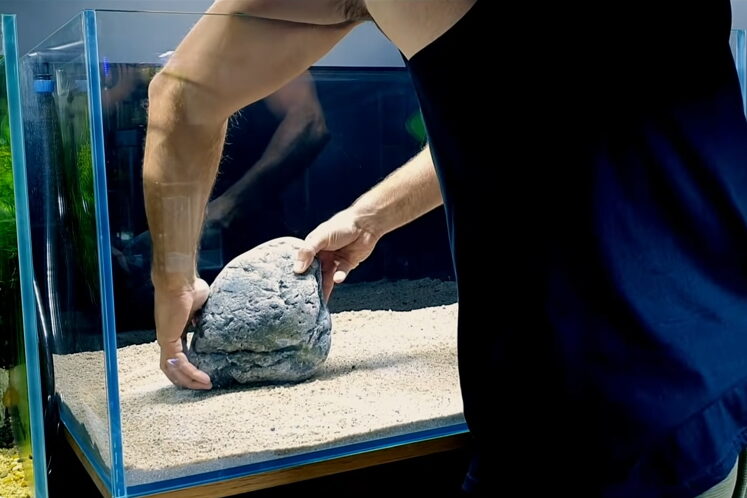
Goldfish Diet and Nutrition
A well-balanced, varied diet is key to any Goldfish’s health and longevity. Understanding their dietary needs and meeting them guarantees that your finned pal will stay vibrant, lively, and healthy.
Goldfish Dietary Requirements
Goldfish are omnivores, and in nature, they eat plants, insects, small crustaceans, and even other small fish. Proper Goldfish feeding mimics this varied diet with high-quality fish flakes, live foods, vegetables, and the occasional special treat.
Different Types of Goldfish Food
Flakes and pellets are primary staples for Goldfish. They are designed to float on the water’s surface, helping prevent overeating. But don’t forget to supplement them with live or freeze-dried foods, like brine shrimp or bloodworms, and occasional fresh veggies like spinach and peas.
Feeding Schedule and Quantities
Feeding Goldfish is a delicate balance. Overfeeding can lead to serious health problems, while underfeeding can stunt their growth. Feed them small amounts two to three times a day, giving them only as much as they can finish in about two minutes.
The Impacts of Overeating on Goldfish Health
Overeating could lead to swim bladder issues, causing the goldfish to lose balance, flip upside down, or float. It can also cause constipation, which can be deadly. Keeping a scheduled feeding regime can maintain their health and prevent these issues.
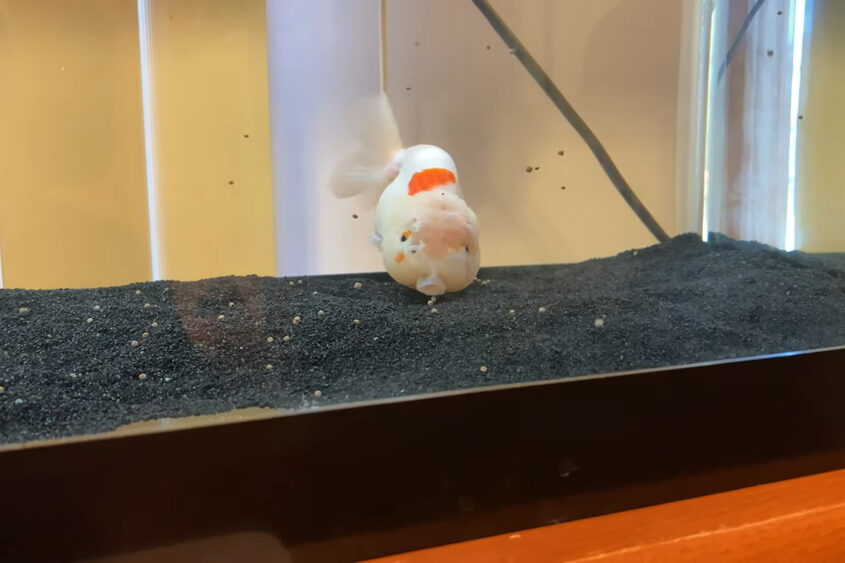
Regularly Monitoring Goldfish Health
Just like any other pet, Goldfish are susceptible to diseases. Regular monitoring helps detect and address issues before they escalate, ensuring your goldfish live long and healthy lives.
Common Goldfish Diseases and Symptoms
Common illnesses include Ich, or white spot disease, fin rot, fungus, and goldfish dropsy. Symptoms might include sluggish behavior, loss of appetite, spots or changes in the body coloration, and clamped fins. A keen eye for change can help you promptly respond to any disease.
Methods of Treating Goldfish Diseases
Many diseases can be treated by adjusting water conditions, adding aquarium salt, or administering over-the-counter medications. For complex diseases, it might be necessary to consult a veterinarian specializing in aquatic animals.
Ensuring a Stress-free Environment for Your Goldfish
A stress-free environment is pivotal for healthy Goldfish. This ensues from maintaining clean water conditions, providing a nutrient-rich diet, minimizing abrupt changes, offering spaces to play and hide, and ensuring socialization but avoiding overcrowding.
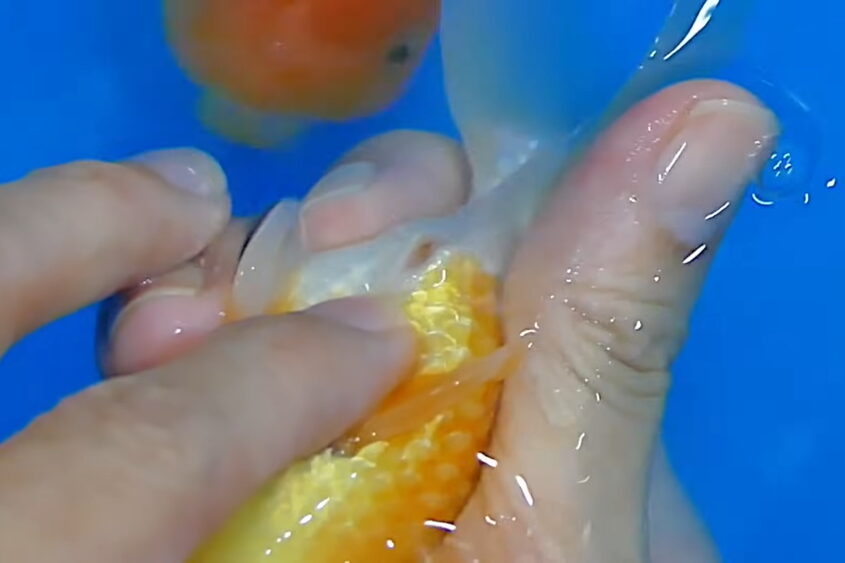
Goldfish Behavior and Interaction
Just like humans, Goldfish have social behaviors. Understanding them can make your fish-keeping journey greatly rewarding.
Understanding Goldfish Behavior Patterns
Goldfish exhibit quite a range of behaviors, from active swimming when they’re happy to staying still at the bottom if they’re sick or stressed. Fascinatingly, they also have a good memory and can recognize their owners and respond to cues for food.
The Socializing Factor: Goldfish Interaction
Although Goldfish are generally peaceful, they do better in groups of their own kind. They can co-exist with other fish as well, as long as the companions are peaceful and won’t outcompete them for food.
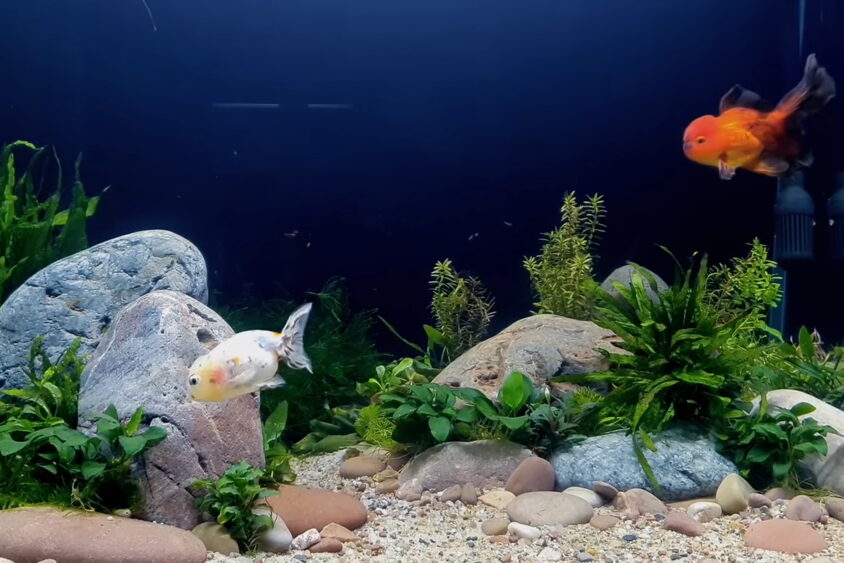
Goldfish Breeding Essentials
Are you ready to embark on the delightful journey of Goldfish breeding? Here are some essentials to gear you up.
Knowing When Your Goldfish Are Ready to Breed
Goldfish reach sexual maturity at about a year old but are best bred when they’re two to three years old. Signs of readiness include spawning behaviors and physical changes, mainly seen as the male chasing the female around the tank.
Breeding Procedure and Care for Goldfish Eggs
During spawning, the female lays eggs, and the male fertilizes them outside her body. Once fertilization happens, it’s crucial that you remove the adults from the tank, as they might eat the eggs.
Caring for Newborn Goldfish
The baby fish, or fry, are very delicate when they hatch, requiring careful handling. You need to provide them with ample nutritional food, starting with infusoria and gradually moving on to brine shrimp and then regular Goldfish food as they grow.
